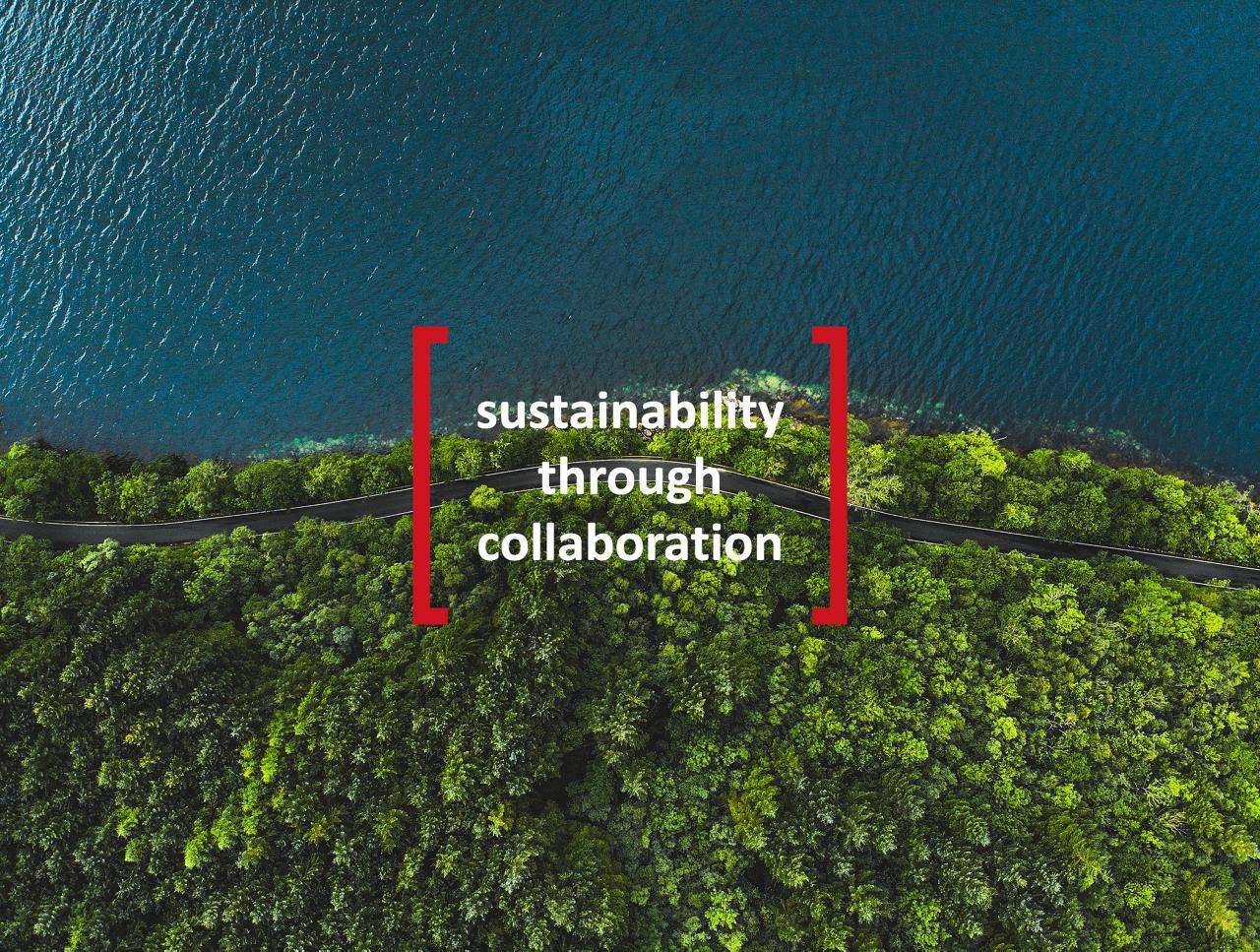Added: 24th April 2023 by Edwards
Edwards, the leading supplier of vacuum and abatement products, services, and solutions for the global semiconductor industry, announced today the release of its new Hydrogen Recovery System (HRS) for applications such as EUV lithography that require a large continuous flow of hydrogen.
The HRS integrates with Edwards’ vacuum pumps and abatement systems to recover and reuse most (at least 70%) of the hydrogen. The system reduces net hydrogen consumption and cost, reduces the financial and process risks posed by supply disruption and the safety risks of hydrogen transport and distribution, and reduces the total energy consumption and carbon footprint of EUV lithography.
“EUV lithography is essential in all advanced node processes,” said Chris Bailey, Vice President, Emerging Technologies at Edwards. “And it uses a lot of hydrogen. Moreover, the hydrogen consumption of existing tools is increasing as their performance is upgraded and more tools are coming online every day. Recycling hydrogen allows manufacturers to cut their supply requirements dramatically, reducing both operating costs and vulnerability to disruption. Equally important, it reduces the carbon footprint and energy consumption of the EUV lithography process.”
EUV systems use high flows of hydrogen at low pressures to prevent particulate contaminants from depositing on the critical surfaces of mirrors used to shape and focus the EUV illumination. The HRS integrates with the vacuum and abatement systems that extract hydrogen from the lithography system. It directs gas from the EUV source module to the hydrogen recovery stack and routes gas from the scanner module (a much smaller flow likely to contain contaminants outgassed from the photoresist) to the abatement system. In the recovery stack, extracted gas is purified using a process that combines electrochemical pumping and membrane filtration to recover high-purity hydrogen. The HRS confirms the purity of the gas before returning it to the EUV system and includes failsafe rerouting of gas flows to accommodate changes in the status of the HRS or abatement systems.

Bailey continued, “This system is the result of a ten-year development program that included close collaboration with our partners at IMEC. It is the embodiment of our commitment to ‘sustainability through collaboration.’ Thank you to our partners at IMEC for their tremendous contribution.”
Vincent Nollet, VP of Fab Engineering at IMEC said, “The HRS was installed in our 300mm pilot line process and was validated within the framework of our Sustainable Semiconductor Technologies and Systems program. Its ability to recover hydrogen was demonstrated, as well as its ability to reduce the net energy consumption and scope 3 emissions of the EUV process.”
Although hydrogen is the most abundant element in the universe, most commercially supplied hydrogen is produced by steam reformation of natural gas, a process that consumes large amounts of energy and emits carbon dioxide – both directly, from the reformation and subsequent water-gas shift reactions, and indirectly, from the power required to generate high-temperature/high-pressure steam.
Reducing net hydrogen consumption reduces the carbon footprint of the EUV process. Reducing the amount of hydrogen that needs to be abated adds further to this benefit by reducing any energy consumed and carbon emitted by the abatement process.